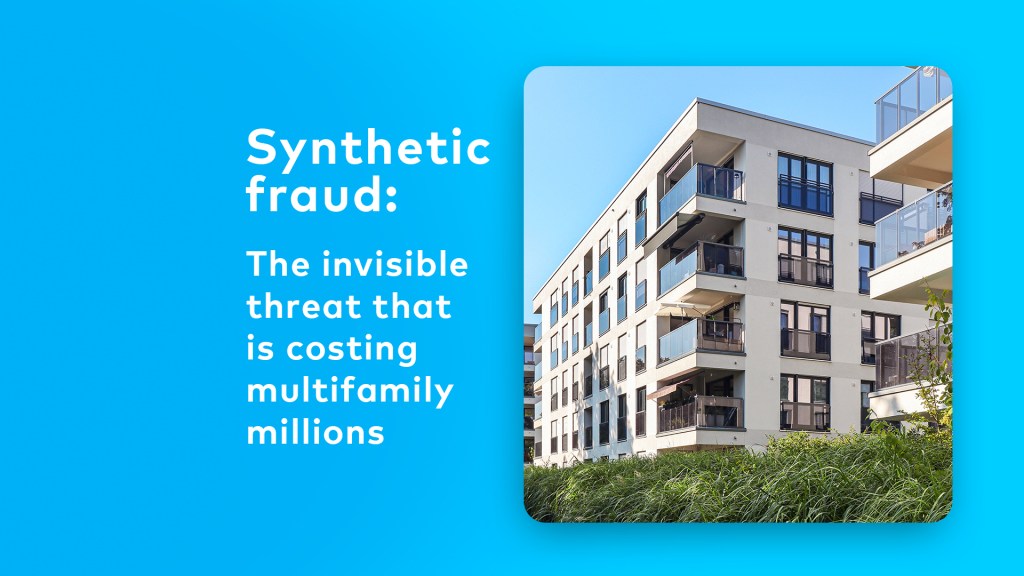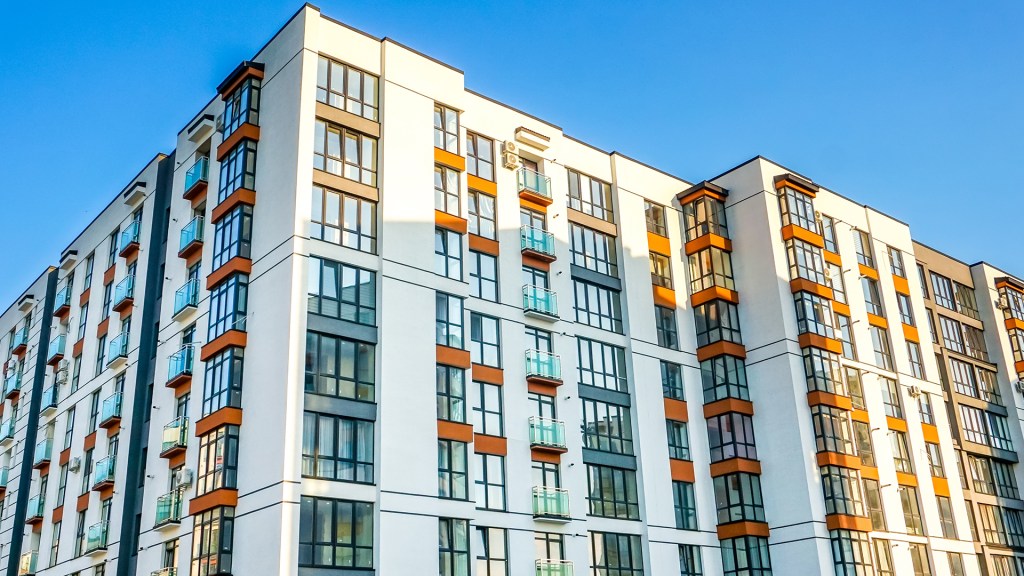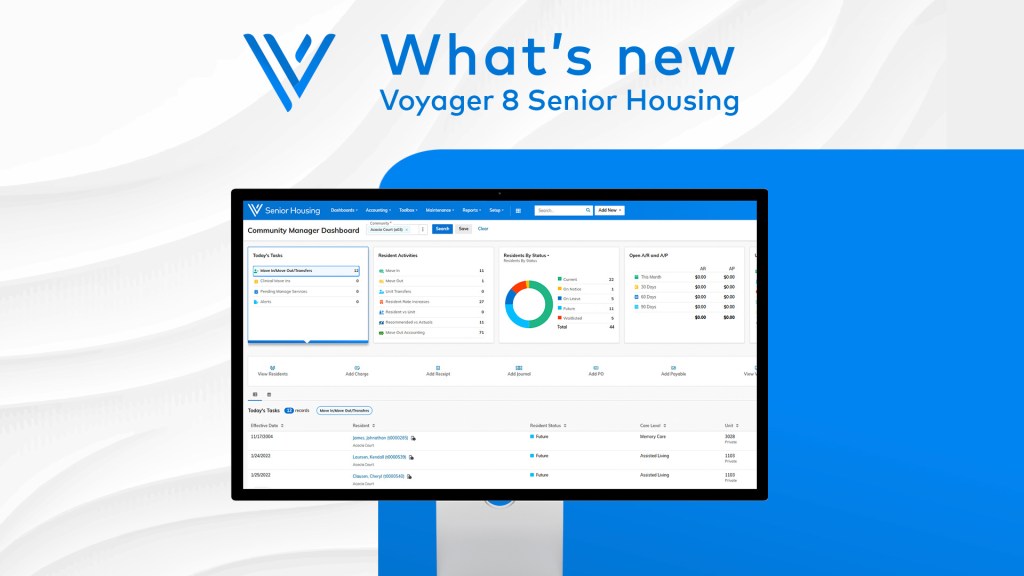By Leah Etling on October 20, 2021 in Matrix News
With the future of office-based employment still in flux for millions of Americans, the multifamily industry continues to see dramatic shifts in where renters are living, as well as rent increases that have yet to be fully factored into the nation’s inflation calculations.
Summer and early fall of 2021 saw dramatic increases in multifamily asking rents, a growth trend that Yardi Matrix vice president Jeff Adler called “a barnburner” in this week’s webinar analyzing the sector’s recent performance. However, rent growth is expected to temper in the final months of 2021.

“We have really seen a shifting and reallocation of population due to remote work,” Adler stated. “This is the American people solving a (housing) supply problem in the most expensive areas. They are now able to take their paycheck with them and move to less expensive areas.”
View the presentation and find slides on yardimatrix.com.
At the outset of the presentation, Adler encouraged multifamily investors to develop a strategy that considers the future of office-based employment. Instead of workers going back to the office in droves this fall, the summer Delta variant surge delayed and, in some cases, derailed office reopenings.
Some jobs, like financial and government roles, require onsite security and can’t be done remotely. The technology industry is expected to lead fully remote and hybrid opportunities.
“Work is now not somewhere you go, but something you do,” Adler said. That ongoing transformation will continue to play out over the next two years. “It’s not going to go back to the way it was, and neither are offices going to be irrelevant.”
Economy still in transition phase
Meanwhile, the U.S. economy has been struggling to recover from the pandemic. Supply chain issues as well as reduced employment, especially among Americans age 55 and up, are prompting widespread inflation issues that seem likely to persist for the near-term.
Yardi Matrix has revised its inflation outlook since the last multifamily webinar was held, Adler noted. And one indicator that inflation may get worse before it gets better is that rent increases are a trailing indicator and have yet to make their way into Consumer Price Index (CPI) calculations.
“The Fed (Federal Reserve) story has been that inflation is transitory, but it’s not looking that way to us as an organization,” Adler stated. He noted that had the projections of transitory inflation been accurate, they should have been resolving right about now. Instead, inflation continues to rise.
“There is a lot of dry powder in terms of consumer spending. This is a case of too much money facing too few available goods,” Adler explained. Available cash has helped fuel consumer purchases (buoying industrial real estate) and relocations (increased rents in multifamily and high demand for self storage.)
“Everything you used to know about inflation has been upended,” Adler said. “I think we will see recovery in services inflation, but an expansion of (cost of) goods inflation. And we haven’t seen the increased rent impacts flow through inflation metrics yet.”
High demand for tech hub housing + single family rentals
High demand for coveted housing markets, especially in tech hubs like Austin, Denver, Las Vegas, Nashville, Orlando, Phoenix, Raleigh-Durham and Seattle, has driven prices up and availability down in those cities. Meanwhile development is returning and Matrix has revised its anticipated unit delivery target from 350,000 multifamily units per year to 400,000.
An especially hot subset of the multifamily market is single family homes that are build-to-rent (BTR), which are driving increase suburbanization of the rental space. Some renters are turning to the BTR option because heightened home prices have put down payments out of reach.
BTR homes currently make up 5-10 percent of new home stock, according to the U.S. Census Bureau. And they’re expected to grow dramatically, with $30-40 billion in capital currently designated for the BTR space, Adler said.
However, don’t assume that it’s families with kids trading in apartments for suburban BTR homes. It’s more likely to be a professional couple with a pet or two who want space for an at-home office. Americans delaying marriage and having children has been a boon for the multifamily industry, meaning that these renters are likely to spend more time in multifamily before purchasing a first home. Rising down payment costs in many markets are now exacerbating that trend.
Tampa, Miami, Phoenix, Atlanta, Austin, Las Vegas, Denver, Baltimore, Cleveland and California’s Inland Empire led the way with year-over-year rent BTR growth, with each market measuring 15 percent or more as of September.
“Build-to-rent was already happening pre-pandemic, but COVID has taken that trend that was already there and now it is really taking off,” said Adler. There are currently 40,000 BTR units now under construction and more expected to join them soon, particularly in the South, West, and Midwest.
Yardi Matrix clients can find BTR data now available within their multifamily reports.


